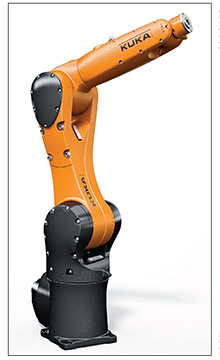 KUKA Robotics (India) Private Limited (KRIPL), the wholly owned subsidiary of KUKA Roboter GmbH, is looking at setting up its fourth service centre in India. The Gurgaon headquartered company already has such facilities in Pune, Chennai and Gurgaon, and the fourth one will be located in Gujarat.
KUKA Robotics (India) Private Limited (KRIPL), the wholly owned subsidiary of KUKA Roboter GmbH, is looking at setting up its fourth service centre in India. The Gurgaon headquartered company already has such facilities in Pune, Chennai and Gurgaon, and the fourth one will be located in Gujarat.
Agilus robots launched in 2012 is a versatile product that is smaller in size and faster when compared to conventional robots
Speaking to Auto Components India, the managing director of KRIPL, Raj Singh Rathee, said the new service centre will serve customers in the auto clusters of Gujarat, a state that is emerging as the second or third manufacturing location for some OEMs. Currently, the company has an installed base of over 1,200 robots in India. On an average about 50 percent of its business comes from the automotive sector.
 Raj Singh Rathee, managing director, Kuka Robotics India
Raj Singh Rathee, managing director, Kuka Robotics India
Recently KUKA launched the new light weight robot called the‘LBR iiwa’ which, according to the company, is the first of its kind in the industry. ‘LBR iiwa – intelligent industrial work assistant’ robot is not only lighter in weight but also effective in terms of agility in performing the job. “For the first time, sensitivity is inbuilt in all robot axes.LBR iiwa gets around disruptive contours by means of highly flexible motor functions with seven axes. It is easier to integrate due to its low space requirement and streamlined design. It is almost like a human arm that can reach beyond any obstacle,” and therefore, suitable for job assembling, asserted Rathee.
LBR iiwa comes in two variants – one with payload capacity of seven kg ( 22 kg kerb weight) and reach of 800 mm; the second 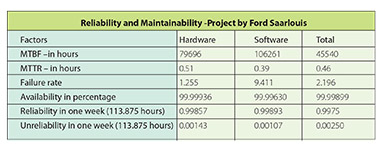 with payload capacity of 14 kg (29 kg kerb weight) and reach of 820 mm. On the other hand, the standard robot has a payload of only five kg for a kerb weight of around 125 kg, while the smaller robots such as ‘Agilus’ weigh about 50 kg with a payload capacity of six kg.
with payload capacity of 14 kg (29 kg kerb weight) and reach of 820 mm. On the other hand, the standard robot has a payload of only five kg for a kerb weight of around 125 kg, while the smaller robots such as ‘Agilus’ weigh about 50 kg with a payload capacity of six kg.
According to Pradeep Shoran, AGM – marketing, KRIPL, the company sees huge prospects for the LBR iiwa especially in assembling operations where a high amount of manual labour is involved. Conventional industrial robots are used in applications like welding, handling and palletising. However, assembly shop is the one that is still the least automated with robots, thereby opening up opportunities for LBR iiwa.
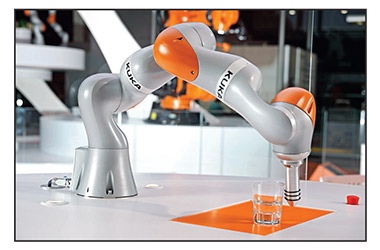 LBR iiwa – intelligent industrial work assistant robot
LBR iiwa – intelligent industrial work assistant robot
Globally, KUKA Roboter has successfully conducted primary projects with LBR iiwa at Daimler’s gearbox assembly unit in Germany. Gearbox assembly calls for manual operations since different kinds of gears need to be mated suitably during the process.
“We are now developing applications for assemblies where automation is less than five percent,” said Rathee. Typically, in OEMs across the world, critical assembly operations are done manually as the general perception is that robots are not sensitive to the process involved. LBR iiwa is able to overcome this lacuna.
The new generation robot was launched in Europe in the first phase. “We will take it step by step and come to Asia. However, the product is available for sale to selected research and education institutes in India. We are already discussing with some research agencies and educational institutes in India,” Rathee said. KRIPL sees huge potential for LBR iiwa in India as the European and American manufacturers have used them successfully, he added.
Asked how cost effective it would be, Rathee said it is expensive when compared to the standard robots but is within the reach of customers since productivity is very high. The return on investment (ROI) is calculated by the customers themselves. However, based on the general market feedback, he confirmed the ROI for a robot is normally two years.
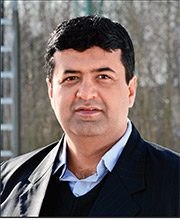 Pradeep Shoran, AGM – marketing, Kuka Robotics India
Pradeep Shoran, AGM – marketing, Kuka Robotics India
The KUKA ‘Agilus’ range of robots launched in 2012 is a versatile product that is smaller in size and faster when compared to conventional robots. Typically, these robots find application in CNC machines; mounted on these equipment, they can perform several operations including loading and unloading, as well as pick and place the components. In the electronic industry these robots are used in the manufacturing and handling of PCBs, he pointed out.
On the service front, Shoran said the robot is a rugged and robust machine, and therefore, servicing is recommended only once a year. MTBF (Mean time between failures) of a KUKA robot is around 80,000 hours. Interestingly, a reliability and maintainability project was conducted by headquarters for its robots and controllers. The data and statistics are from 1,400 industrial robots located in the Ford plant at Saarlouis, Germany. According to the study the Mean Time between Failures (MTBF) is 45,540 hours and Mean Time to Repair (MTTR) is 0.46 hours. (See table)
KUKA Roboter has around 300 standard variants of robots with payloads ranging from five to 1,300 kgs. In terms of reach, the range starts from 700 mm to over four metres in arm length. ACI
Story : T Murrali







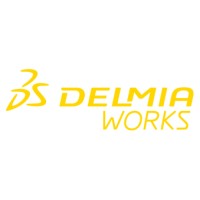


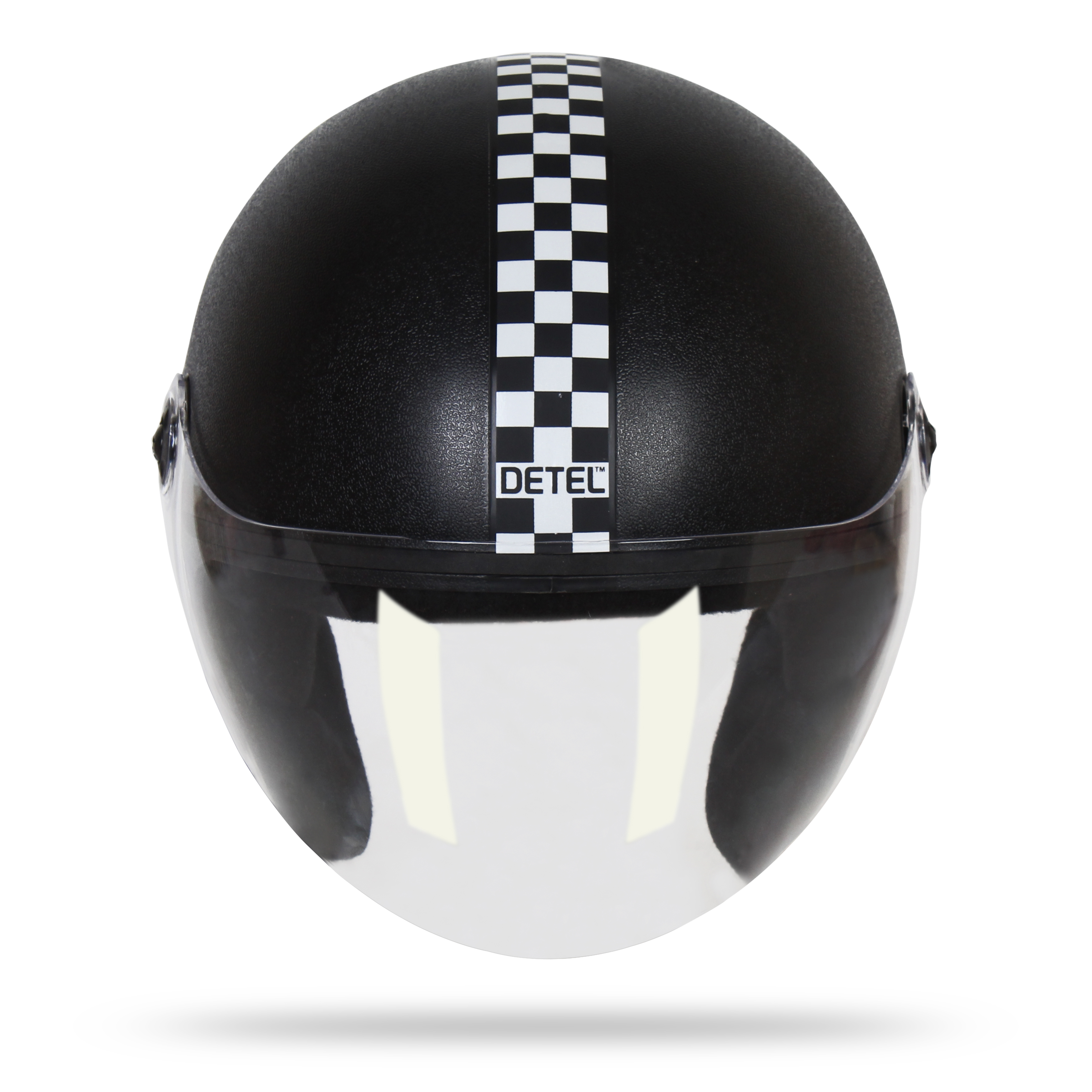



Leave a Reply